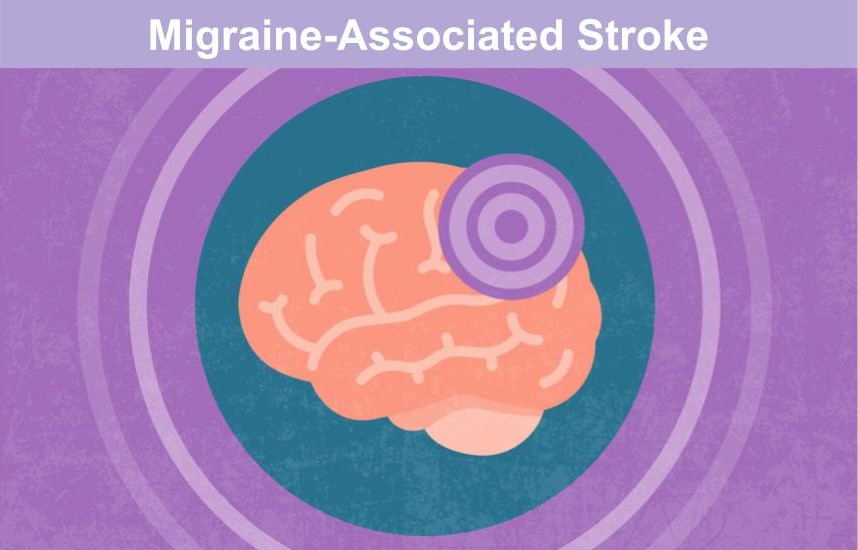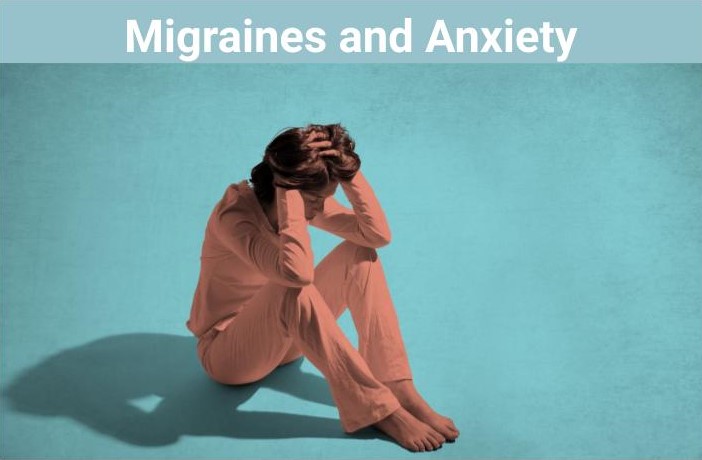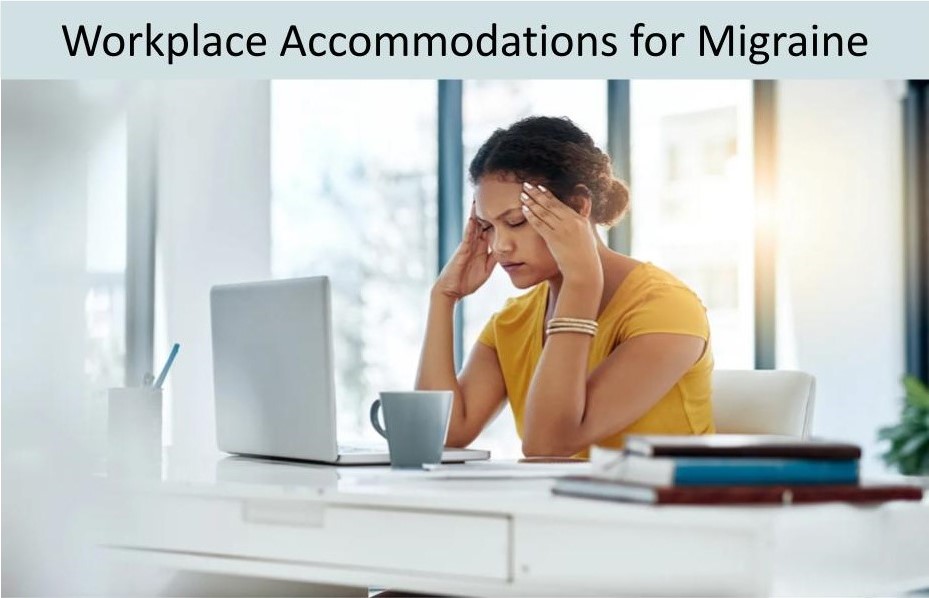
Transverse myelitis is a rare neurological condition characterized by inflammation of the spinal cord. This inflammation interrupts the signals that the spinal cord nerves send throughout the body, leading to various symptoms such as weakness, numbness, tingling sensations, and in severe cases, paralysis. The onset of transverse myelitis can be sudden, often causing rapid progression of symptoms within hours or days, though it can also develop more gradually over time. While the exact cause of transverse myelitis is often unknown, it is believed to be an autoimmune disorder, where the body’s immune system mistakenly attacks its own tissues. Diagnosis typically involves a thorough medical history, physical examination, and imaging tests such as MRI to assess the extent of spinal cord inflammation.
Treatment for transverse myelitis focuses on managing symptoms and addressing the underlying cause of inflammation. This often involves a combination of corticosteroids to reduce inflammation, pain medications to alleviate discomfort, and physical therapy to help regain strength and mobility. In some cases, other medications to suppress the immune system or intravenous immunoglobulin therapy may be prescribed to modulate the immune response. While many individuals with transverse myelitis experience significant improvement in symptoms with treatment, some may continue to have long-term complications such as chronic pain or mobility limitations. Thus, ongoing medical care and support are essential to optimize quality of life for those affected by this challenging condition.
Beh SC, Greenberg BM, Frohman T, Frohman EM. Transverse myelitis. Neurol Clin. 2013 Feb;31(1):79-138. doi: 10.1016/j.ncl.2012.09.008. PMID: 23186897; PMCID: PMC7132741.
Rodríguez Y, Rojas M, Pacheco Y, Acosta-Ampudia Y, Ramírez-Santana C, Monsalve DM, Gershwin ME, Anaya JM. Guillain-Barré syndrome, transverse myelitis and infectious diseases. Cell Mol Immunol. 2018 Jun;15(6):547-562. doi: 10.1038/cmi.2017.142. Epub 2018 Jan 29. PMID: 29375121; PMCID: PMC6079071.
By: Andrew Chan, PA









